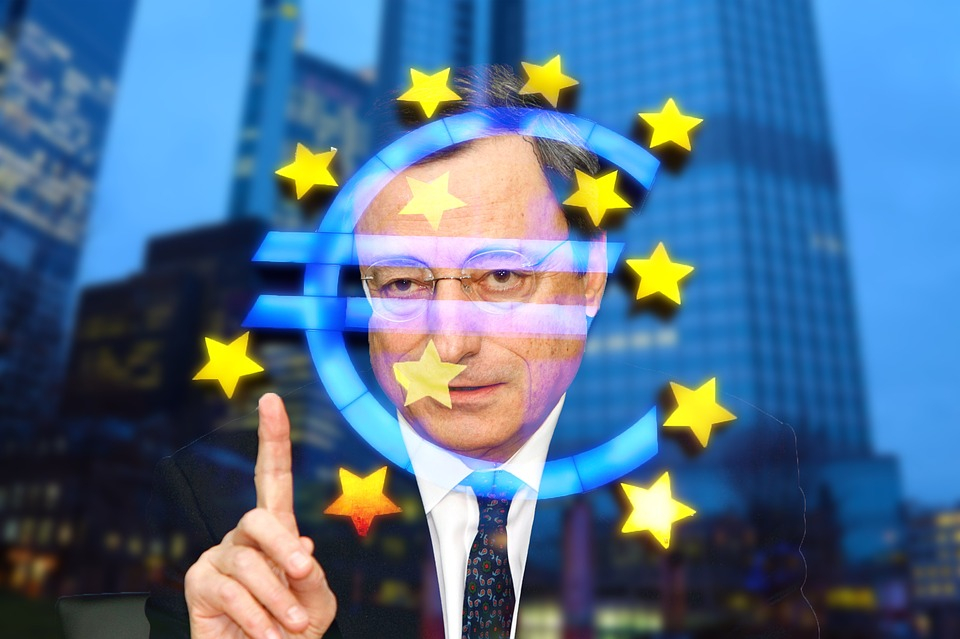
If things go according to the plans and wishes of the Government, Croatia should replace the national currency with the euro about a year and a half before its 30th birthday, but as Poslovni Dnevnik/Jadranka Dozan writes on the 13th of July, 2020, there are numerous obstacles to overcome on the path to the Eurozone…
On Friday, Croatia got the green light Brussels for the entry of Croatia (and Bulgaria) into the European Exchange Rate Mechanism (ERM II), and we learned that the central parity between the euro and the kuna with which to enter the Eurozone’s proverbial ”lobby” was set at 7.5345 kuna for one euro, which was the state of the exchange rate on Friday.
At least two years should be spent in the Eurozone’s waiting room, which would mean the introduction of a common European currency at the earliest in early 2023. How likely this actually is for Croatia is quite another story.
“Joining the ERM II doesn’t mean that the process of adopting the euro is now on autopilot, because both Croatia and Bulgaria are still facing important challenges and will hardly meet all the convergence criteria anytime soon,” said ING analysts.
In short, while the Croatian authorities calculate that we are currently on the way to meeting the necessary criteria, the bank’s economists predict the introduction of the euro for Croatia (as well as for the Bulgarians) “well after January the 1st, 2023.”
In the case of Croatia, they see the challenges primarily in the sphere of the sustainability of public finances (public debt, deficit), and for Bulgaria, the main thorn in the side of that country is its institutional framework and the rule of law.
A ticket to ERM II was actually expected as the Croatian Government managed to comply with the reform points promised in last year’s action plan, and the banks have also passed a comprehensive ECB assessment. However, the news received a lot of attention and positive comments, including the reaction of the market through the decline in yields on Croatian government debt – it fell to about 1.1 percent in a ten-year period.
By joining the exchange rate mechanism, which is accompanied by the establishment of very, very close cooperation with the European Central Bank, Croatia will be able to count on more generous ECB support than the recently agreed two billion euro heavy package as an additional source of foreign exchange liquidity.
At the same time, after Brexit and with the current frictions over the adoption of the EU Economic Recovery Plan, this is a welcome message that there is still an appetite among some nations for greater integration within the Union for the bloc itself after all.
Of the EU countries that have not yet adopted the euro, most of them don’t yet show any intention of doing so.
The advantages of Croatia’s entry into the Eurozone are considered to outweigh the disadvantages. Thus, the Croatian Chamber of Commerce (HGK) points out that the introduction of the euro should facilitate the business of entrepreneurs with more ease.
In addition to the elimination of currency risk and exchange costs, as well as the potential growth of the credit rating and lower financing costs, they also emphasised the advantages of additional financing that Eurozone members have in the current coronavirus crisis.
Entrepreneurs who advocate Croatian Eurozone membership see this as a better chance to implement the reforms that are desperately needed in Croatia, but unfortunately only get done when the country is under significant external pressure.
In addition to the Maastricht criteria, part of the set of measures that Croatia has undertaken to implement within the ERM II application includes administrative, ie the parafiscal relief of the economy and residents, as well as measures related to improving bankruptcy legislation and management in state-owned enterprises.
When it comes to those against the introduction of the euro, the arguments are mainly buffered up by claims that Croatia isn’t yet economically ready for this step. People, on the other hand, are most afraid of the potential for rising prices.
They cite examples from other countries that suggest that prices should not increase significantly, and in most countries there has been some increase in wages at the same time to make up for it.
Given the weak industry and large imports, the average price level of consumer goods and services in Croatia is still higher than in some Eurozone countries. Finance Minister Zdravko Maric emphasised that the tax policy is still in our hands, and this also has an impact on prices and the control of them.
For more on Croatia’s path to the Eurozone, follow our politics section.








